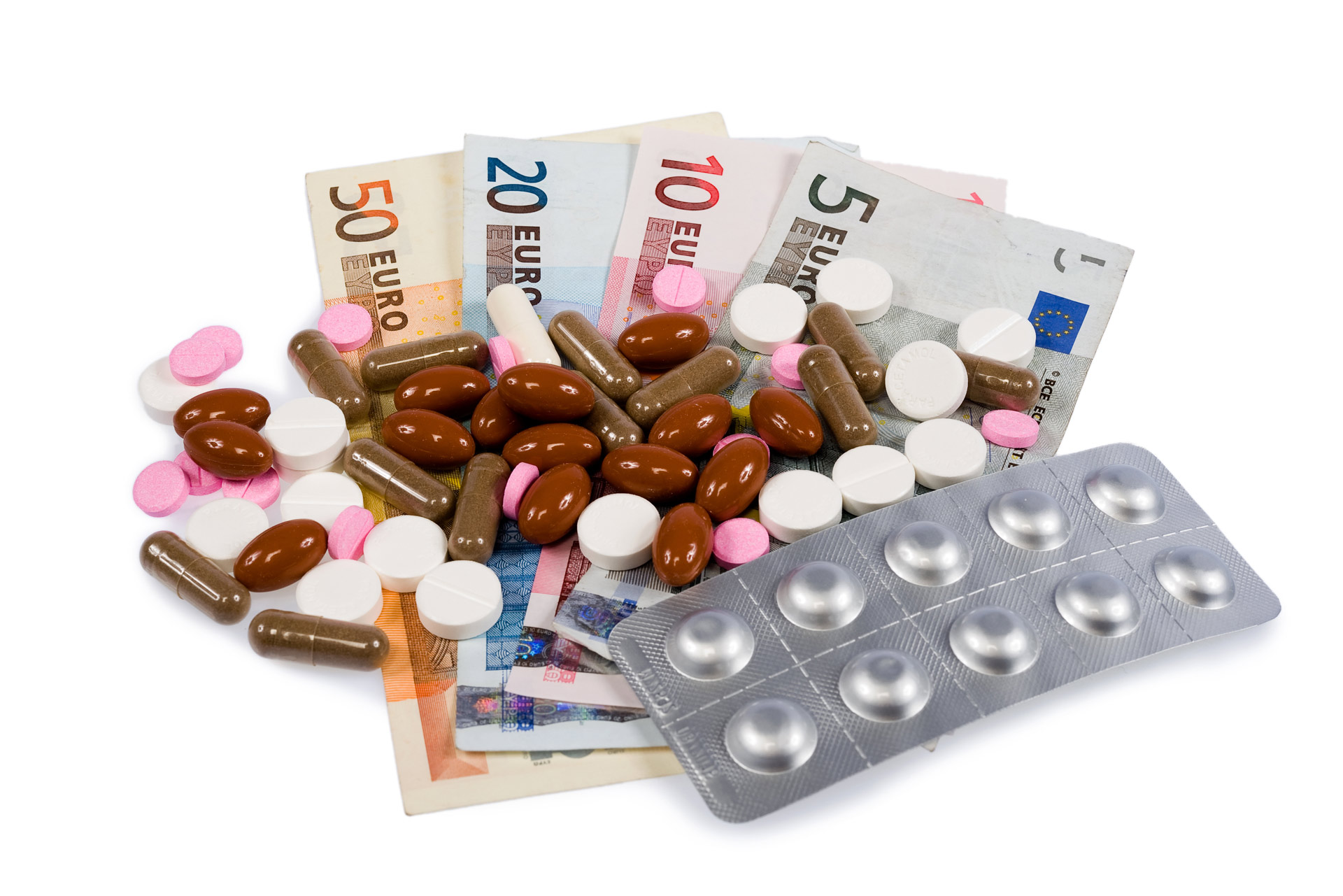Strip blister packs make up another form of packaging that is popular in the pharma industry. Although they offer more user-friendly packaging and keep dosage units organized and separated, the production rate of strip packs is lower and consumes a relatively greater amount of material.
A lucrative approach to reducing the packaging cost is to switch from strip packs to cold form foils (CFFs), which offer the same degree of protection for moisture-sensitive products as is provided by strip packs. LDPE or HDPE can be used to make the sealing layer of a CFF identical to that of a strip pack. For the sealing layer of the lid foil, an extrusion coating of LDPE on 20 µm aluminum can be used.
Compared to strip packs, CFFs offer many advantages:
- They require relatively less packaging material.
- They avoid direct contact of the product with the sealing roller. Thus, they are suitable for hard gelatin capsules, which can otherwise stick to PE when being packed in strip packs.
- They can be used for the packaging of heat-sensitive products.
Pack size comparison studies have shown that using CFFs can reduce the amount of packaging material by 30-70%, depending on product geometry. With the use of tropical blisters, further cost benefits can be obtained. Although a reduction in size will not reflect any benefit in terms of the cost of the packaging material, other hidden costs can be significantly reduced, such as:
- Low production time and high output
- Lower weight
- Smaller folding carton
- More blisters in a shipper
- Lower price for logistics
Hence, pharma companies should consider this approach to make packaging more cost-effective.

